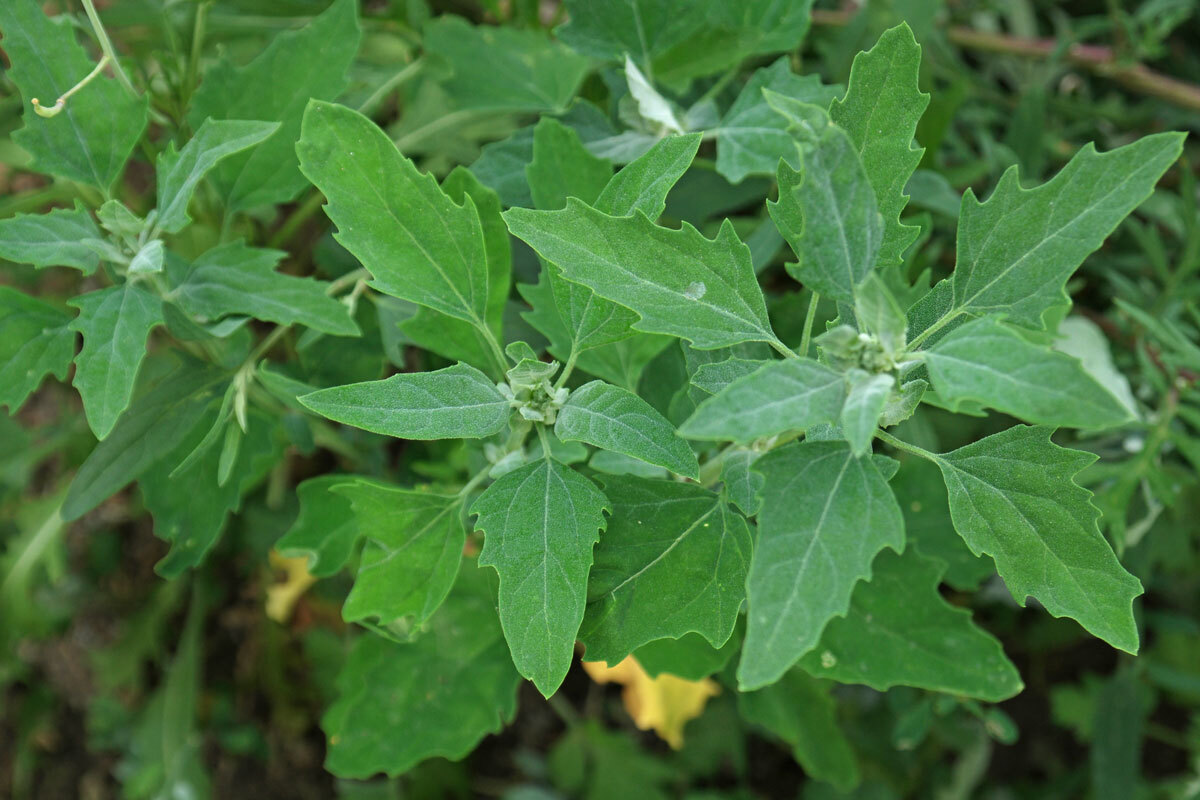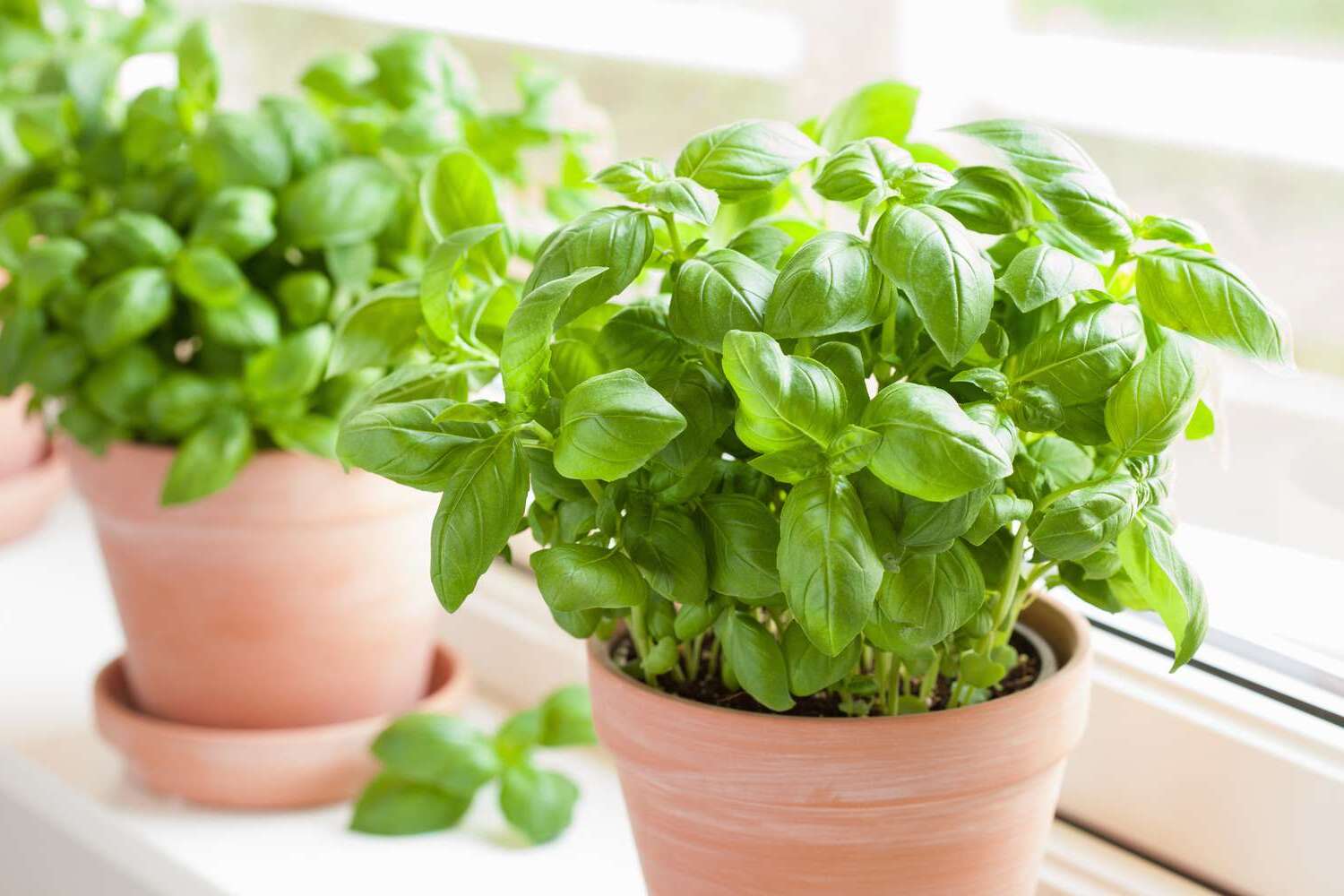
Chenopodium, often called goosefoot, is a fascinating plant with a rich history and many uses. Did you know that Chenopodium has been cultivated for thousands of years? This plant family includes quinoa, a popular superfood. Chenopodium species are known for their resilience, thriving in various climates and soils. They can be found in gardens, fields, and even along roadsides. Some varieties are edible, while others are used for medicinal purposes. Chenopodium leaves are often rich in vitamins and minerals, making them a nutritious addition to diets. Whether you're a gardener, a cook, or just curious about plants, learning about Chenopodium can be both fun and enlightening. Let's dive into 32 intriguing facts about this versatile plant!
What is Chenopodium?
Chenopodium, commonly known as goosefoot, is a genus of flowering plants in the amaranth family. These plants are known for their distinctive leaf shape, which resembles the foot of a goose. Let's dive into some fascinating facts about this unique plant genus.
Historical Significance
Chenopodium has played a significant role in human history, especially in agriculture and medicine.
- Ancient Crop: Chenopodium was cultivated by ancient civilizations, including the Aztecs and Incas, for its nutritious seeds.
- Medicinal Uses: Historically, various species of Chenopodium were used in traditional medicine to treat ailments like digestive issues and respiratory problems.
- Cultural Importance: In some cultures, Chenopodium leaves were used in rituals and ceremonies due to their perceived spiritual properties.
Nutritional Value
Chenopodium plants, particularly quinoa, are known for their high nutritional content.
- Rich in Protein: Quinoa, a species of Chenopodium, is a complete protein source, containing all nine essential amino acids.
- High in Fiber: The seeds of Chenopodium plants are rich in dietary fiber, promoting digestive health.
- Packed with Vitamins: These plants are a good source of vitamins, including vitamin B, vitamin E, and folate.
- Mineral Content: Chenopodium seeds contain essential minerals like iron, magnesium, and zinc.
Ecological Impact
Chenopodium species have a notable impact on their ecosystems.
- Weed Control: Some species of Chenopodium are considered weeds and can outcompete crops for resources.
- Soil Health: These plants can improve soil health by adding organic matter and nutrients through their decaying leaves.
- Pollinator Support: Chenopodium flowers attract pollinators like bees and butterflies, supporting local biodiversity.
Culinary Uses
Chenopodium plants are versatile in the kitchen, offering various culinary applications.
- Quinoa: The seeds of Chenopodium quinoa are cooked and used as a staple food in many diets worldwide.
- Leafy Greens: Young leaves of some species, like Chenopodium album (lamb's quarters), are edible and used in salads or cooked dishes.
- Flour: Ground Chenopodium seeds can be used to make gluten-free flour for baking.
Interesting Facts
Here are some lesser-known yet intriguing facts about Chenopodium.
- Pseudocereal: Quinoa is classified as a pseudocereal because it is used like a cereal grain but doesn't belong to the grass family.
- Adaptability: Chenopodium plants can grow in a wide range of environments, from high altitudes to arid regions.
- Ancient Grains: Quinoa and other Chenopodium seeds are often referred to as "ancient grains" due to their long history of cultivation.
- Saponins: Quinoa seeds have a natural coating of saponins, which can be bitter and need to be rinsed off before cooking.
- Nitrogen Fixation: Some Chenopodium species can fix nitrogen in the soil, enhancing soil fertility.
Health Benefits
Consuming Chenopodium plants can offer numerous health benefits.
- Antioxidant Properties: These plants contain antioxidants that help protect cells from damage.
- Anti-inflammatory: Compounds in Chenopodium can reduce inflammation in the body.
- Heart Health: The high fiber and nutrient content of Chenopodium seeds can support cardiovascular health.
- Blood Sugar Control: Quinoa has a low glycemic index, making it a good choice for managing blood sugar levels.
Agricultural Practices
Chenopodium cultivation involves specific agricultural practices to ensure optimal growth and yield.
- Crop Rotation: Farmers often use Chenopodium in crop rotation to improve soil health and reduce pest pressure.
- Organic Farming: These plants are well-suited for organic farming due to their natural resistance to pests and diseases.
- Water Efficiency: Chenopodium species are relatively drought-tolerant, requiring less water compared to other crops.
Global Distribution
Chenopodium plants are found across the globe, thriving in diverse climates.
- Native Range: Many species are native to the Americas, particularly South America.
- Global Spread: Due to their adaptability, Chenopodium species have spread to various continents, including Europe, Asia, and Africa.
- Invasive Species: Some Chenopodium species are considered invasive in certain regions, outcompeting native plants.
Research and Development
Ongoing research continues to uncover new uses and benefits of Chenopodium plants.
- Genetic Studies: Scientists are studying the genetics of Chenopodium to improve crop yields and resistance to diseases.
- Nutritional Research: Research is ongoing to explore the full nutritional potential of Chenopodium seeds and leaves.
- Sustainable Agriculture: Studies are investigating how Chenopodium can contribute to sustainable agricultural practices.
Fun Facts
Let's end with some fun and quirky facts about Chenopodium.
- Goosefoot Name: The name "goosefoot" comes from the shape of the leaves, which resemble the foot of a goose.
The Final Word on Chenopodium
Chenopodium, often overlooked, packs a punch in terms of nutrition and versatility. This plant, known for its edible seeds and leaves, has been a staple in various cultures for centuries. Rich in vitamins, minerals, and antioxidants, it offers numerous health benefits. Whether you're looking to boost your diet with protein or seeking a gluten-free grain alternative, Chenopodium fits the bill.
Its adaptability to different climates makes it a resilient crop, contributing to food security in many regions. From ancient civilizations to modern kitchens, this plant has proven its worth time and again. So next time you spot Chenopodium at the market, give it a try. Your body will thank you for the nutrient boost, and you'll be part of a long history of people who have benefited from this remarkable plant.
Was this page helpful?
Our commitment to delivering trustworthy and engaging content is at the heart of what we do. Each fact on our site is contributed by real users like you, bringing a wealth of diverse insights and information. To ensure the highest standards of accuracy and reliability, our dedicated editors meticulously review each submission. This process guarantees that the facts we share are not only fascinating but also credible. Trust in our commitment to quality and authenticity as you explore and learn with us.


